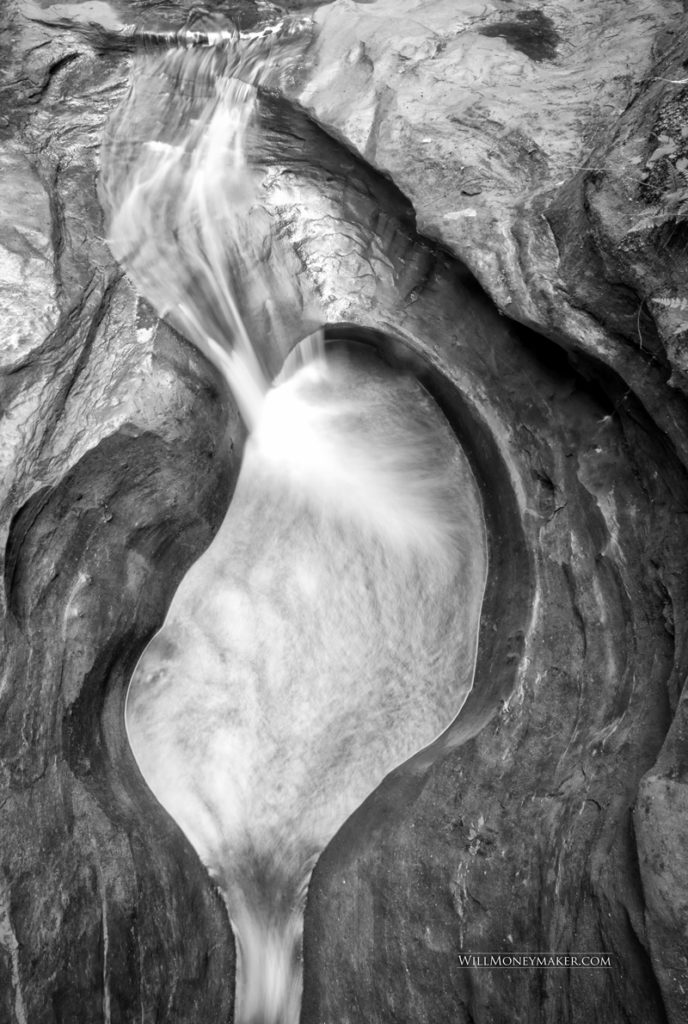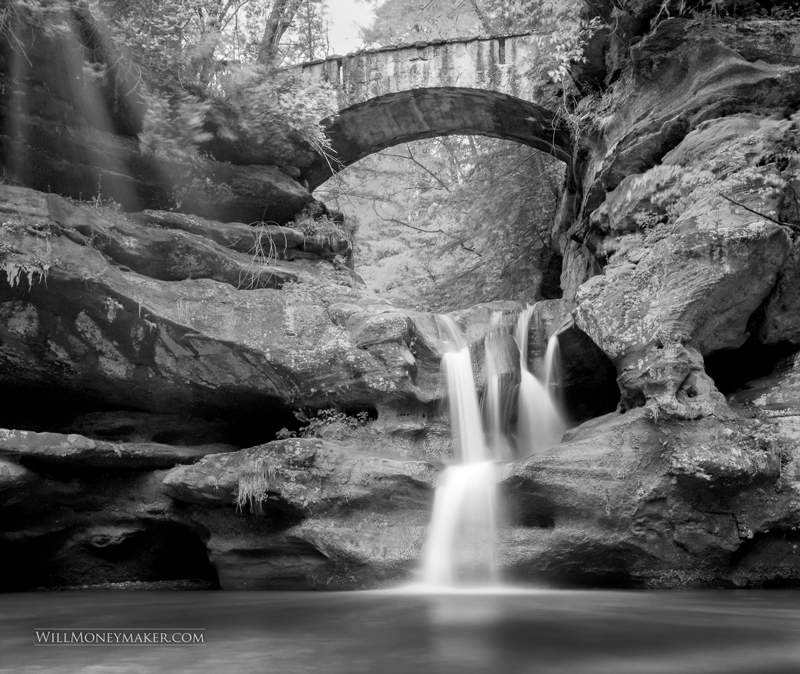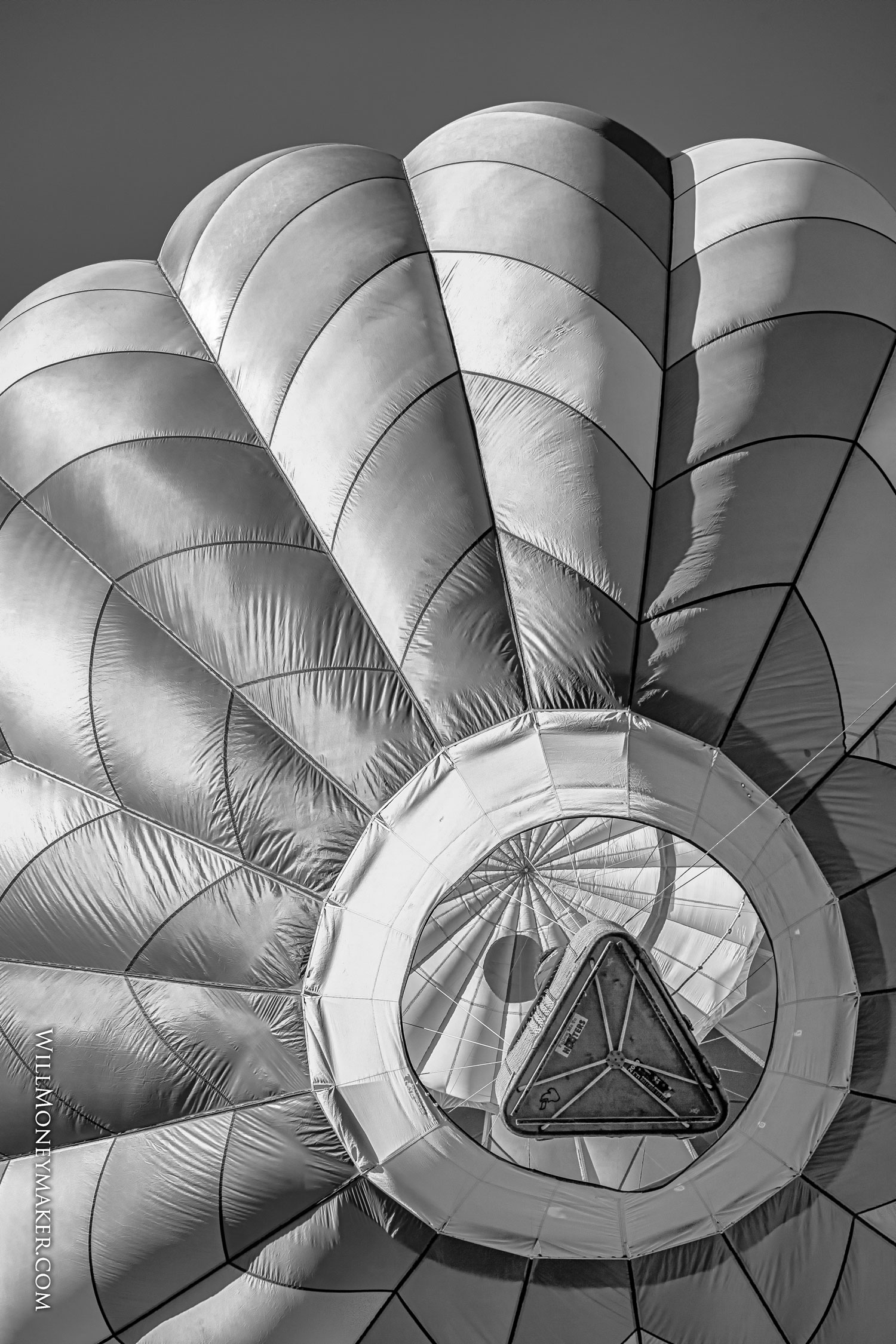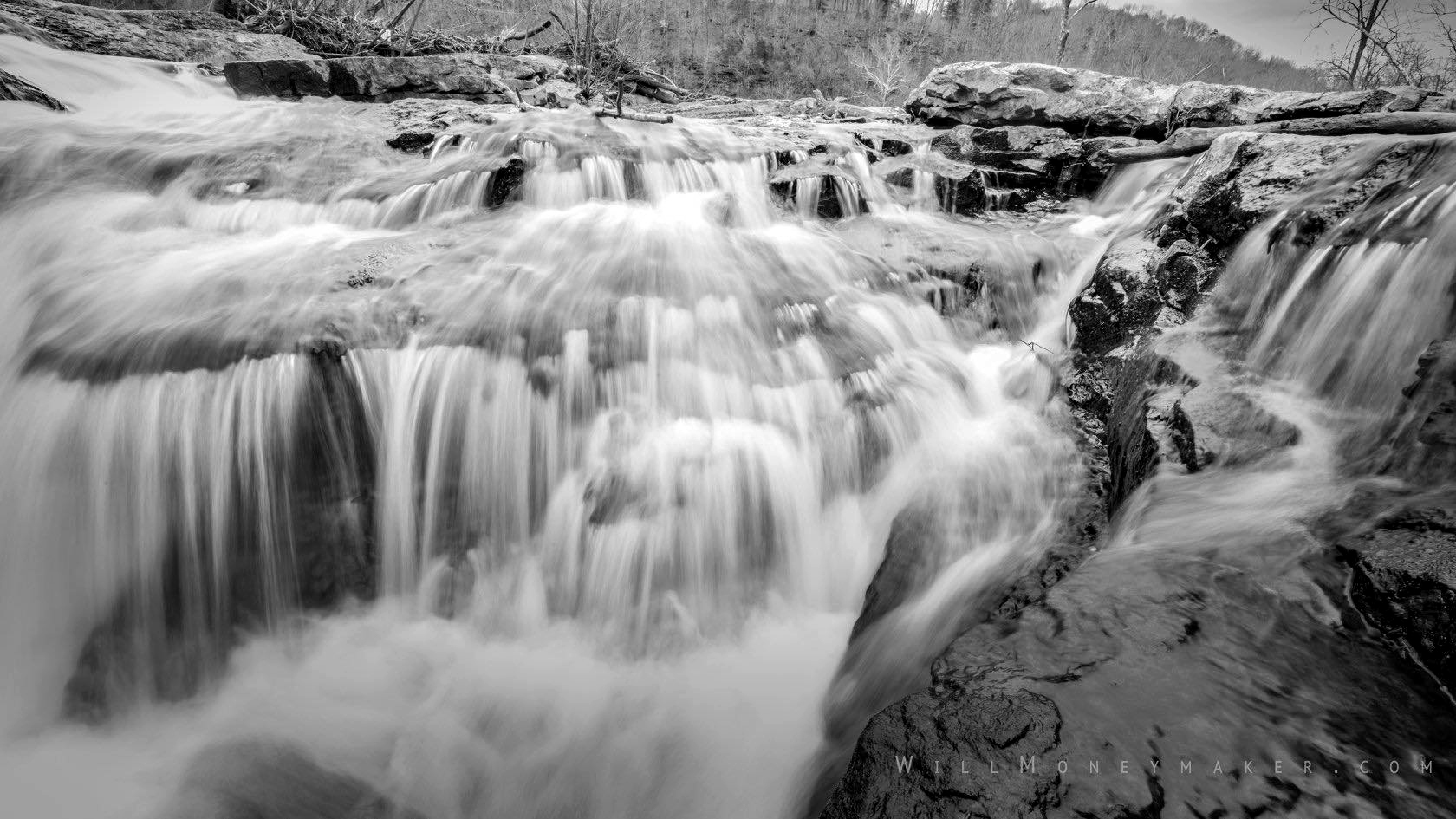Why is it that we are driven to create art? Of course, there are hundreds, thousands, probably millions of reasons to create art – anything from personal motivations to causes that the artist supports or statements that need to be made. But there is one broad umbrella that most, if not all art falls under, I think. At its heart, art is made so that it can be enjoyed by others.
Now, there is a problem with that, the enjoyment of others. And that problem is that we don’t always make that connection with our audience at large. We work and we work until we have created things that we are personally proud of but when we show it to the world, it falls flat. Not an uncommon experience among photographers or artists of any kind – we all face rejection!
That begs the question: Why is it that we so often fail to make that vital connection with our audience? Again, there could be many reasons why. Perhaps the subject material just isn’t that popular or others simply don’t find it as interesting as you. There could be artistic or technical faults that distract viewers. Or the problem could be a lot more complex. It could be that the photographer, in the creation of the photograph, focused so hard on technical proficiency, on a broad base of photographic knowledge that the average viewer may not possess, that the viewer is left not really understanding why the image should be appreciated.
Think about it this way: If you take that photograph that has fallen flat to a fellow photographer and as for his or her opinions, he or she may marvel over the technical details, the spot-on composition, the impeccable lighting, the sharp focus, the expertly done post-processing. He or she may look at this image and know immediately which other photographers, historic or current, helped to inspire the work. This photographer will notice right away that you’ve added a film grain filter to the image as a historical callback to elicit a vintage feeling.
But what happens when someone who is not a photographer, someone with little understanding of the history of photography or the photographic process looks at the image? All of these details may be lost on them. The non-photographer may not notice that the composition is technically perfect or that the focus is perfectly sharp, the lighting carefully designed and implemented. This same viewer is likely to give little thought to the time you spent post-processing the image and the kinds of treatments you may have given to it. Someone that hasn’t spent a lot of time reading about photographers and looking at famous photographs won’t see that your work carries distinct flavors of Ansel Adams or whoever it is that inspires you. And film grain? That might just come across as poor quality, not a throwback to an earlier era of photographic art.
It’s a gap in perceptions that we face, a gap between the perceptions of the photographer, the person who has spent years upon years learning more about art, who perhaps even has formal training, and the average viewer, who has never had the interest to spend those years learning and only simply enjoys looking at beautiful, meaningful images. When we’re not making a connection with our audience, this gap in perceptions is often the culprit.
One way to help make art more appealing to a wider audience is to simply study the tastes of that audience, to design artwork to fit those tastes. However, creativity doesn’t normally work that way. Creativity should be a boundless thing, not hemmed in by what you perceive popular opinion to be.
So what is the solution? Education, when applicable, can help. Someone that isn’t a trained artist isn’t going to have this broad base of knowledge about all aspects of photography and without that knowledge base, they see photographs differently.
The next time someone is viewing your work, if that person is interested, take the time to explain some of your thought processes, your inspirations. Of course, explain it in brief – just enough to help the viewer understand what you are trying to accomplish and certainly make sure that the person is, in fact, interested in hearing about these things. After all, not everyone wants to be lectured while trying to enjoy art! With education, with photographers expressing what they are trying to say with their photographs, more people will come to understand how to make connections with these images, and then everyone benefits, both the photographers and the members of the audience.

And what happens when you aren’t around to explain things to viewers? Well, that is a little more difficult but depending on your publishing medium, there might be ways to help educate the viewer on the intents behind your images. In a photography book, for instance, or if you are publishing an online gallery or PDF, it may help to write out something descriptive about the photograph.
The next question is what to write about. Leave those technical details out. There is no need to go on at length about shutter speeds and apertures, other such things that a broad audience will find boring and unhelpful. Instead, talk about your inspiration for the image, what artists inspired you to create something like this, what bit of photographic history the photography might be based on. Maybe even add a few clues to the meaning. You chose the colors or the range of tones that you chose to evoke certain specific feelings. These are the kinds of things you should describe.
The most important thing to remember, however, is to not place pressure on your viewer, whether you’re talking to them or writing for them. Don’t force your viewer into reading. Sometimes, all a viewer wants to do is simply look at photographs and form his or her own opinions. Keep your descriptions brief and useful, without the fluff. You may even consider putting it after the photograph so that the viewer looks at the images and descriptions in succession. This way, the option is there to read it if so desired or not if the viewer wants to skip ahead and look at more photos.
Writings like this aren’t really possible in gallery settings but it helps to remember that people who are visiting galleries are likely also looking elsewhere at photographs. They’re buying books and looking at online portfolios. As long as the photographer is willing to help bridge this gap of understanding wherever possible, through writing or the spoken word, then people will have the chance, at least some of the time, to gain a greater insight into the work. Over time, this could help to bridge that gap between photographers and the way the general public perceives photographs.





